When attempting to retrieve calendar events via Graph API (HTTP requests) from Outlook using Power Automate, the error “The specified object was not found in the store” occurred. Here’s a memo on the potential cause.
Error Encountered
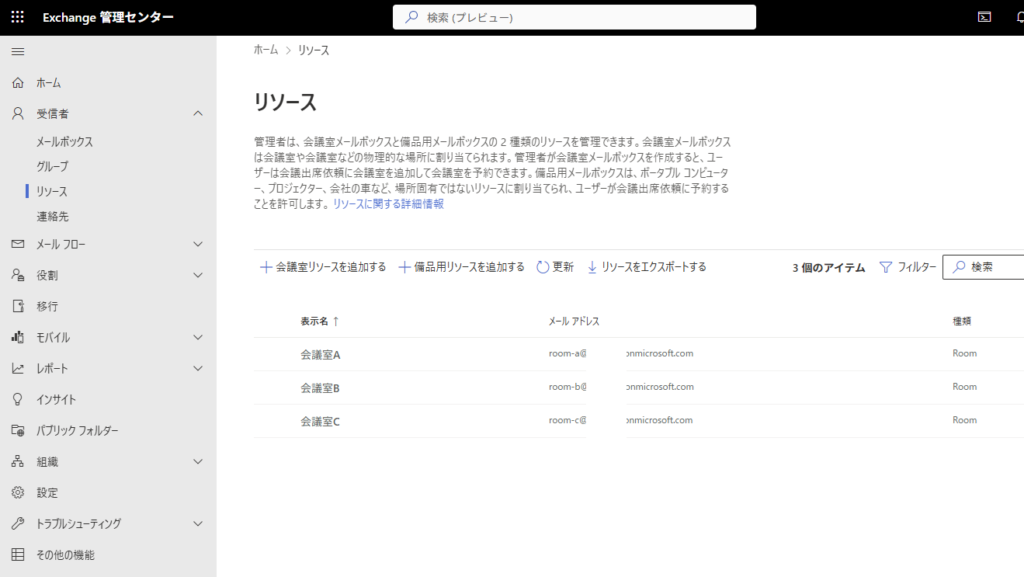
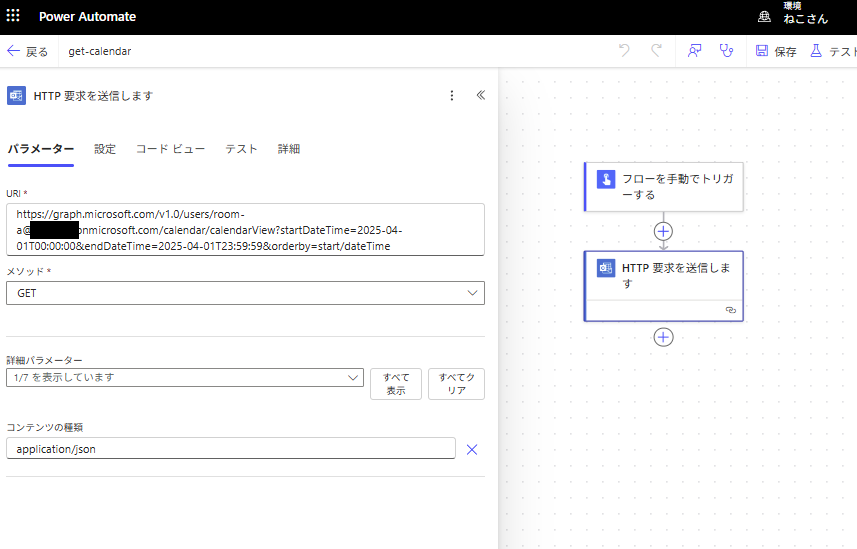
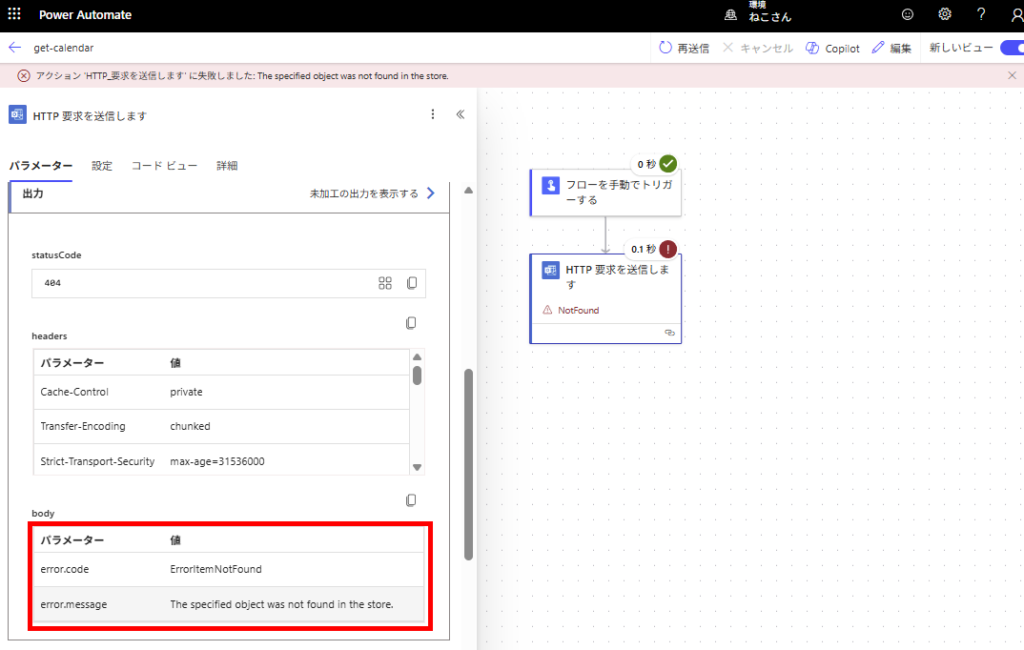
Cause

Resolution
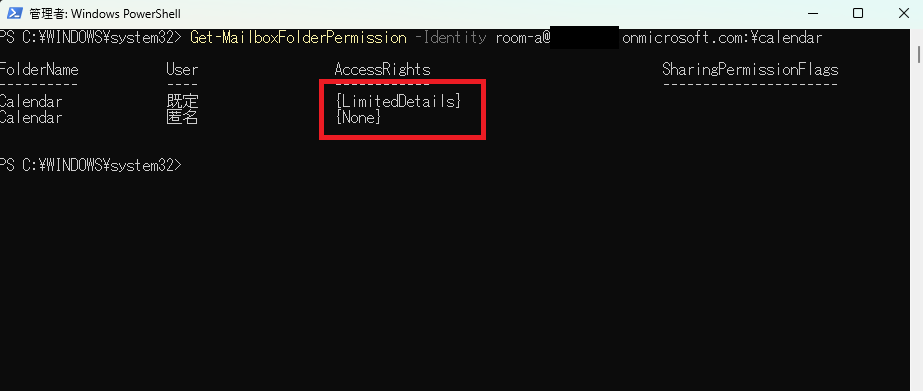
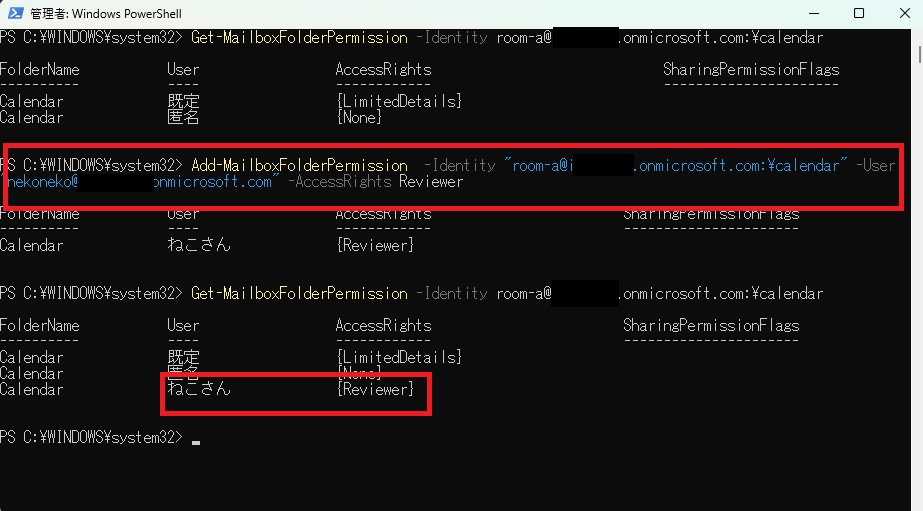
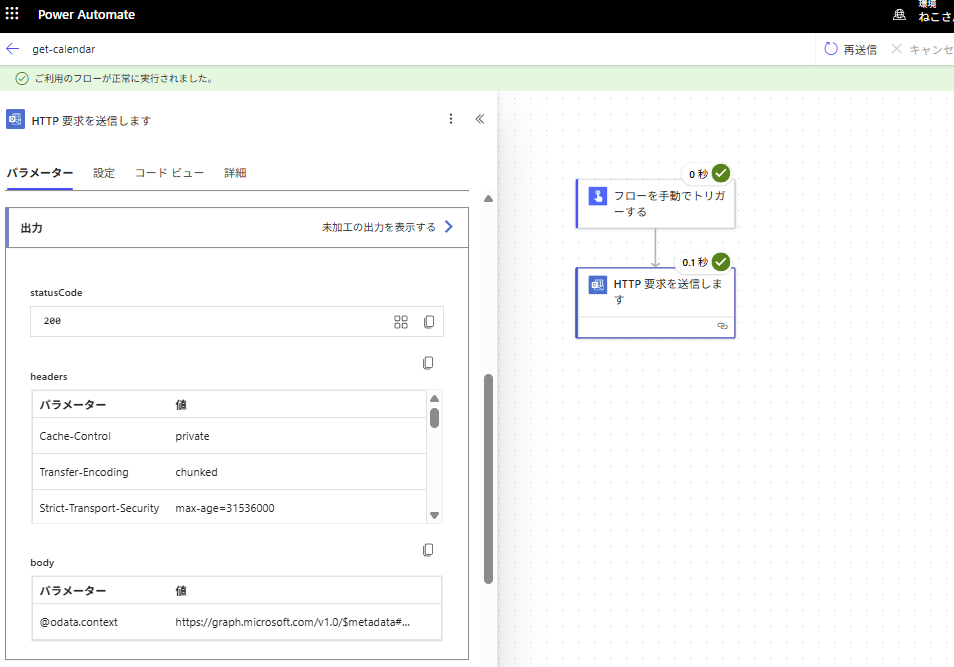
So, if you encounter the error “The specified object was not found in the store,” it’s a good idea to first check the permissions.
Bonus 1: Resolving the Issue by Assigning Full Access via the Exchange Admin Center
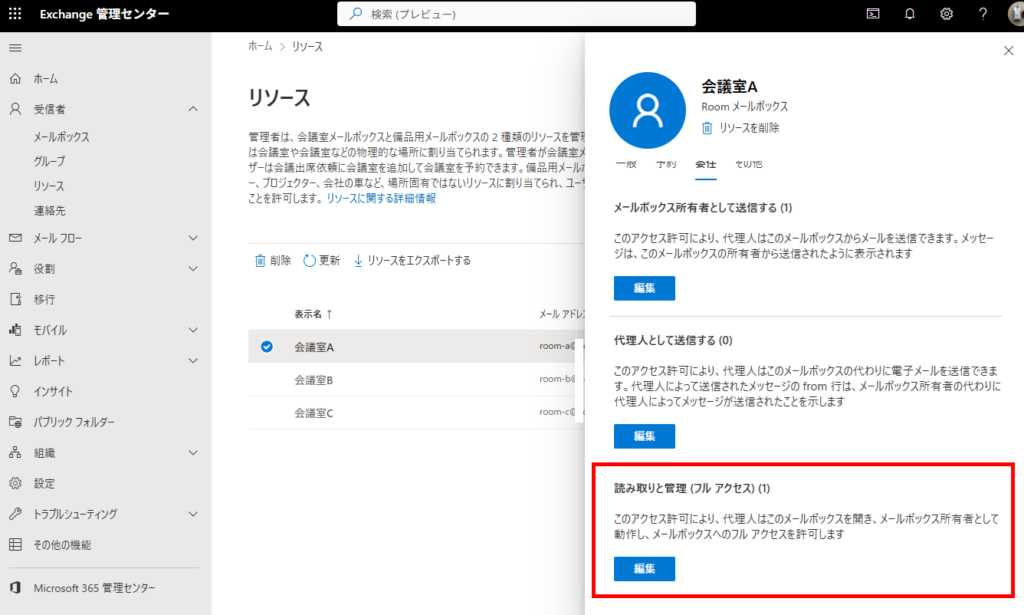
Bonus 2: PowerShell Commands for Mailbox Permissions
// Display a list of current permissions Get-MailboxFolderPermission -Identity [Room Mailbox Address]:calendar // Grant permissions Add-MailboxFolderPermission -Identity [Room Mailbox Address]:calendar -User [Admin Email Address] -AccessRights Reviewer // Set permissions (use this if permissions are already assigned, such as to "Default") Set-MailboxFolderPermission -Identity [Room Mailbox Address]:calendar -User Default -AccessRights Reviewer // If using "[Room Mailbox Address]:calendar" fails, try "[Room Mailbox Address]:予定表" (Japanese for "calendar") // Granting permissions to "Default" instead of a specific [Admin Email Address] will apply the permission to all users.
Bonus 3: Permission List for Mailboxes
-AccessRights
The AccessRights parameter specifies the permissions that you want to add for the user on the mailbox folder.You can specify individual folder permissions or roles, which are combinations of permissions. You can specify multiple permissions and roles separated by commas.
The following individual permissions are available:
None: The user has no access to view or interact with the folder or its contents.
CreateItems: The user can create items within the specified folder.
CreateSubfolders: The user can create subfolders in the specified folder.
DeleteAllItems: The user can delete all items in the specified folder.
DeleteOwnedItems: The user can only delete items that they created from the specified folder.
EditAllItems: The user can edit all items in the specified folder.
EditOwnedItems: The user can only edit items that they created in the specified folder.
FolderContact: The user is the contact for the specified public folder.
FolderOwner: The user is the owner of the specified folder. The user can view the folder, move the folder and create subfolders. The user can’t read items, edit items, delete items or create items.
FolderVisible: The user can view the specified folder, but can’t read or edit items within the specified public folder.
ReadItems: The user can read items within the specified folder.
The roles that are available, along with the permissions that they assign, are described in the following list:Author: CreateItems, DeleteOwnedItems, EditOwnedItems, FolderVisible, ReadItems
Contributor: CreateItems, FolderVisible
Editor: CreateItems, DeleteAllItems, DeleteOwnedItems, EditAllItems, EditOwnedItems, FolderVisible, ReadItems
NonEditingAuthor: CreateItems, DeleteOwnedItems, FolderVisible, ReadItems
Owner: CreateItems, CreateSubfolders, DeleteAllItems, DeleteOwnedItems, EditAllItems, EditOwnedItems, FolderContact, FolderOwner, FolderVisible, ReadItems
PublishingAuthor: CreateItems, CreateSubfolders, DeleteOwnedItems, EditOwnedItems, FolderVisible, ReadItems
PublishingEditor: CreateItems, CreateSubfolders, DeleteAllItems, DeleteOwnedItems, EditAllItems, EditOwnedItems, FolderVisible, ReadItems
Reviewer: FolderVisible, ReadItems
The following roles apply specifically to calendar folders:AvailabilityOnly: View only availability data
LimitedDetails: View availability data with subject and location
When the Editor role is applied to calendar folders, delegates can accept or decline meetings by manually selecting the meeting request in the mailbox. In Exchange Online, to send meeting requests to delegates where they can accept or decline meetings, also use the SharingPermissionFlags parameter with the value Delegate.
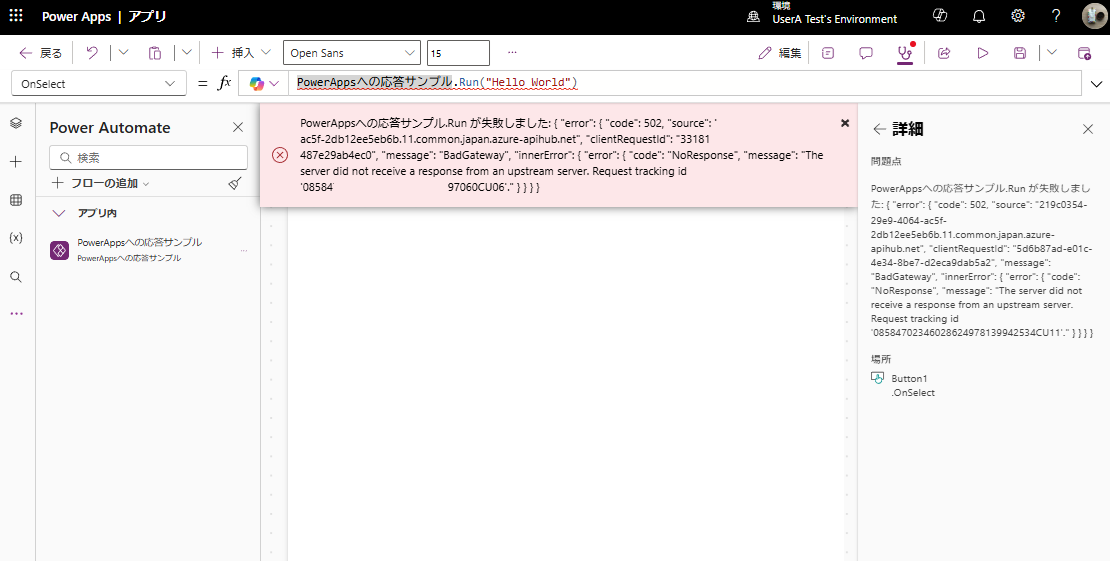
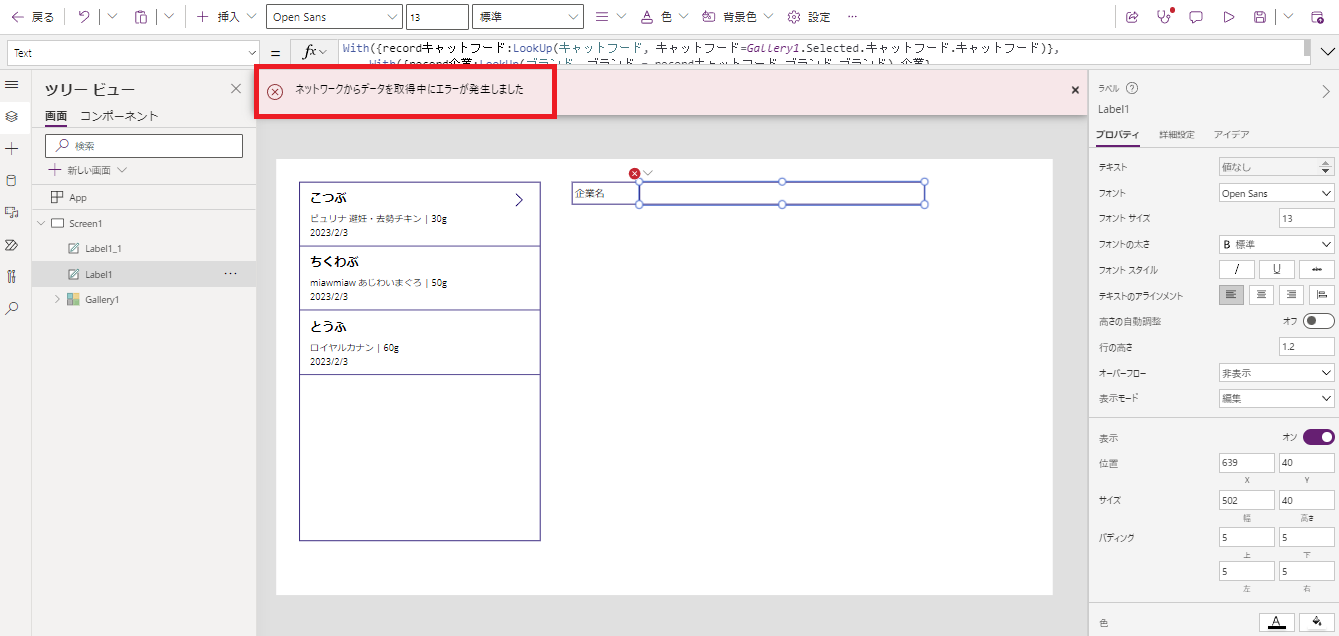
コメント